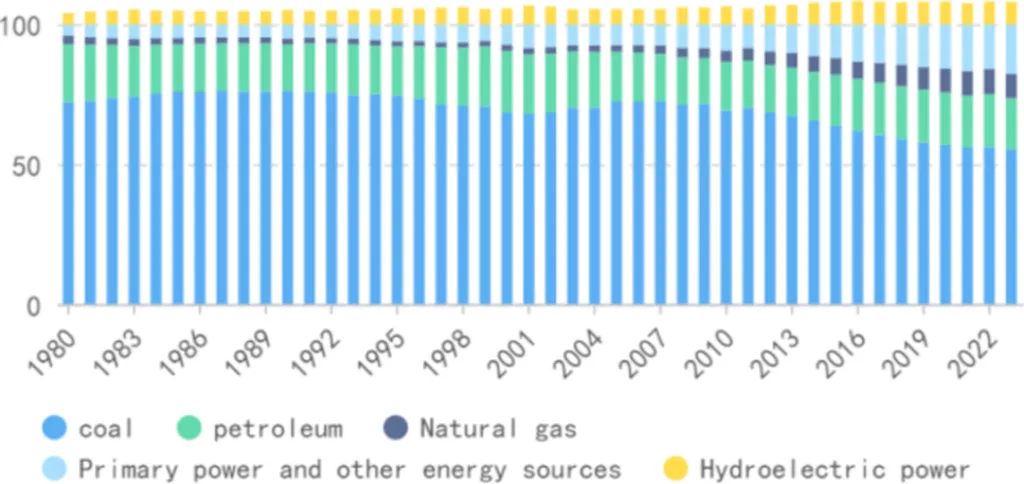In the heart of China’s agricultural landscape, a quiet revolution is underway, one that promises to reshape the future of sustainable food systems. At the forefront of this transformation is Mingwen Li, a researcher from the School of Economics at Shandong University of Technology, who has been delving into the intricate relationship between agricultural structural adjustments and Green Total Factor Productivity (GTFP). His recent study, published in the journal *Frontiers in Sustainable Food Systems* (translated as “前沿可持续食品系统”), offers a compelling narrative of how technological progress, structural changes, and digitalization are driving agricultural productivity in China.
Li’s research, which spans data from 1,743 counties over two decades (2003-2022), paints a vivid picture of the evolving agricultural sector. “Technological progress is the primary driver of GTFP growth,” Li asserts, highlighting the pivotal role of innovation in enhancing productivity. The study reveals that agricultural structural adjustments, particularly the integration of crop and livestock farming and the adoption of service-based models, contribute significantly to what Li terms a “structural dividend.” This dividend, he explains, is a boost in sectoral efficiency and advancement that comes from strategic shifts in agricultural practices.
One of the most intriguing findings of the study is the long-term benefits of service-oriented models. Initially, these models may slow down productivity, but over time, they yield substantial gains. “It’s like planting a tree,” Li illustrates. “You might not see the fruits immediately, but with time, it bears a harvest that’s well worth the wait.”
Digital transformation emerges as a powerful amplifier of these positive effects. The study underscores the importance of digital technologies in enhancing GTFP, a finding that has significant implications for the energy sector as well. As agriculture becomes more digital, the demand for energy-efficient technologies and sustainable practices is likely to rise, opening up new avenues for innovation and investment.
The research also sheds light on regional variations in agricultural productivity. Eastern and western regions of China are found to benefit more from structural upgrades than central regions, a disparity that Li attributes to differences in local contexts and resource availability. “Policies need to be tailored to the specific needs of each region,” he advises, emphasizing the importance of inclusive and sustainable development.
As China navigates the challenges of environmental sustainability and growing food demand, Li’s research offers valuable insights for policymakers and industry stakeholders. By promoting inclusive, sustainable, and technologically-driven agricultural development, China can secure its food future while also driving growth in related sectors like energy.
In the words of Li, “The future of agriculture is not just about growing more food; it’s about growing it smarter, greener, and more efficiently.” His research, published in *Frontiers in Sustainable Food Systems*, is a significant step towards that future, one that promises to shape the trajectory of sustainable agriculture in China and beyond. As the agricultural sector continues to evolve, the insights from this study will be crucial in guiding policy decisions and fostering innovation, ultimately paving the way for a more sustainable and productive future.

